Disclosure: This article contains affiliate links. We may earn a commission from purchases at no extra cost to you, which helps our travel content.
Nestled in the Cordillera Central mountains of the Dominican Republic lies Jarabacoa, a verdant paradise where urban design harmoniously blends with natural splendor. During my recent expedition to document community textile practices in the Caribbean, I found myself drawn to this mountain town's perfect balance of adrenaline-pumping adventure and sustainable community development. With Santiago just an hour away, Jarabacoa offers a refreshing counterpoint to the typical beach-centric Dominican vacation—a highland retreat where rushing rivers carve through emerald valleys and waterfalls cascade from breathtaking heights.
The Urban Planner's Guide to Jarabacoa's Layout
As a city planner, I'm immediately drawn to how Jarabacoa's settlement patterns follow the natural contours of the land. Unlike many tourist destinations that impose rigid grids onto mountainous terrain, Jarabacoa's development respects the topography—buildings nestled into hillsides rather than dominating them.
The town center radiates from a traditional Dominican square, with locally-owned shops and restaurants creating a vibrant community hub. What's particularly fascinating is how the adventure tourism infrastructure has been integrated without disrupting local life. Rafting companies, guide services, and eco-lodges operate from the periphery, creating an economic symbiosis rather than displacement.
I stayed at the Jarabacoa Mountain Hostel, a mid-range option with stunning valley views and a community-focused ethos. From my balcony, I could map the town's growth patterns while planning my adventures with their knowledgeable staff. For optimal navigation around town and to remote trailheads, I relied heavily on my offline GPS maps, which proved invaluable when cell service disappeared in the mountains.

💡 Pro Tips
- Book accommodation on the eastern edge of town for the best sunrise mountain views
- The central plaza hosts local markets on Wednesday and Saturday mornings—perfect for authentic textiles
- Most adventure outfitters are clustered on Calle Principal—compare prices before booking
Conquering the Yaque del Norte: Whitewater Rafting Paradise
The Yaque del Norte River—the Dominican Republic's longest watercourse—cuts through Jarabacoa's landscape like a liquid highway, creating world-class rafting conditions that rival many more publicized destinations. What makes this river particularly fascinating from a hydrological perspective is how it changes character seasonally, offering Class II-III rapids during dry season and advancing to Class III-IV challenges after summer rains.
I booked a full-day expedition with Rancho Baiguate, whose guides demonstrated impressive knowledge of both safety protocols and the river's ecological significance. The rapids with names like 'The Washing Machine' and 'Mike Tyson' delivered precisely the adrenaline rush promised, but what truly captivated me were the moments between—floating through corridors of pristine forest where traditional farming practices still shape the landscape.
My waterproof action camera captured every heart-pounding moment while my quick-dry shorts proved essential for comfort throughout the day. Our guide pointed out several small textile workshops along the upper reaches of the river, where local artisans still use traditional methods to create distinctive Dominican fabrics—a perfect intersection of my professional interests and adventure pursuits.
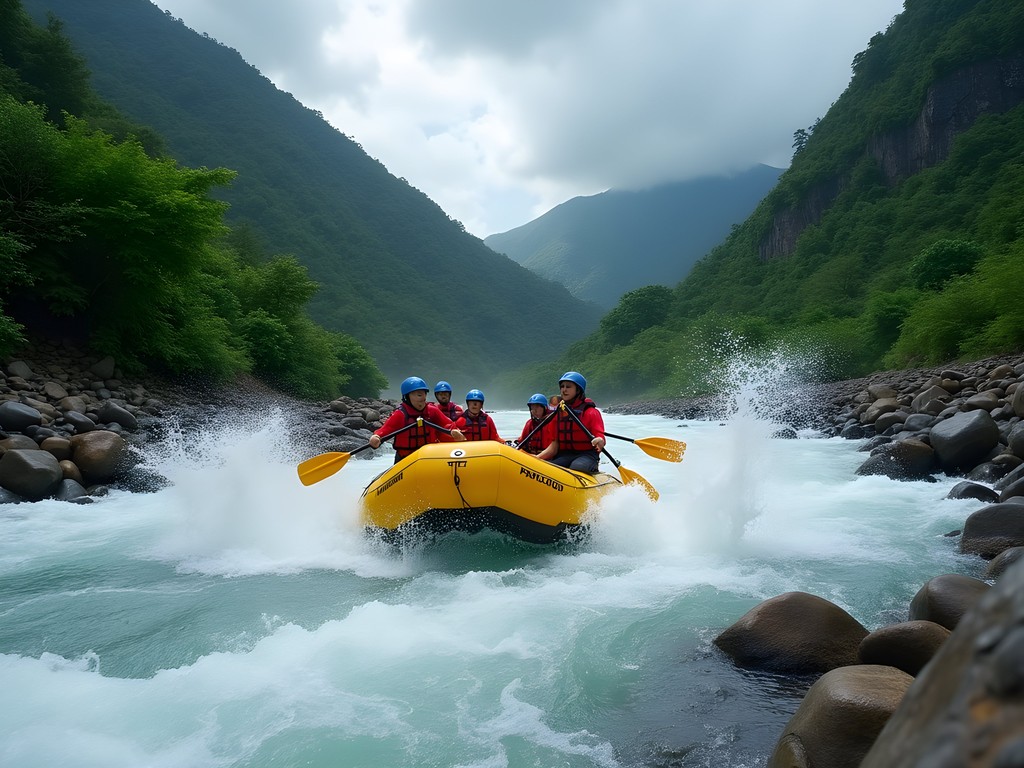
💡 Pro Tips
- Book rafting trips early in your stay so you have flexibility to reschedule if water levels aren't ideal
- Bring a waterproof camera case or action camera—the views are too spectacular to miss
- Wear quick-dry clothing and secure water shoes—flip flops won't survive the rapids
Chasing Waterfalls: Salto Jimenoa and Salto Baiguate
The waterfall systems around Jarabacoa offer a fascinating study in how natural water features shape human settlement patterns. Historically, these falls powered mills and provided irrigation for mountain agriculture; today, they're centerpieces of a thoughtfully developed adventure tourism economy.
Salto Jimenoa I and II present contrasting experiences. Jimenoa I requires a challenging 45-minute hike down steep terrain, rewarding adventurers with a thundering 60-meter cascade that pounds into a swimmable basin. The trail design cleverly incorporates natural switchbacks that minimize erosion—an elegant solution to balancing access with conservation.
Salto Baiguate, closer to town, demonstrates how community management can protect natural resources. The local cooperative that administers access has implemented a visitor quota system and reinvests entrance fees into trail maintenance and local schools. I spent a full afternoon here sketching the intricate stonework of the viewing platforms, which incorporate traditional Dominican masonry techniques.
For these waterfall expeditions, my water sandals proved invaluable for navigating slippery rocks, while my dry bag kept my urban planning journal and sketching materials perfectly dry despite the constant spray.
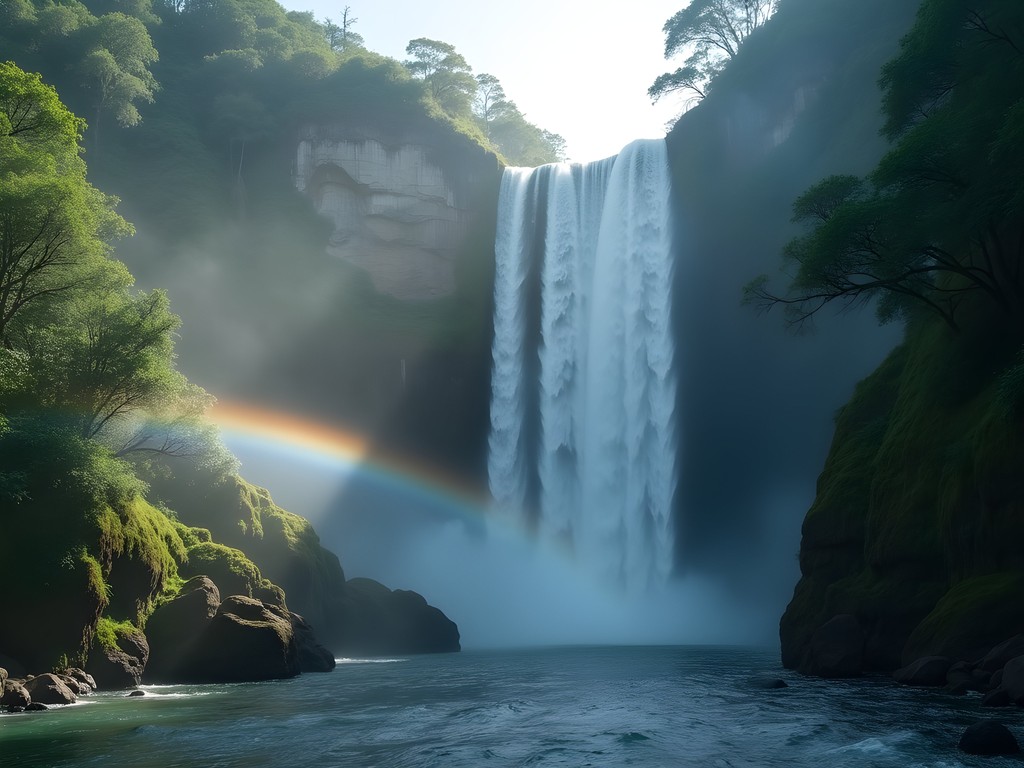
💡 Pro Tips
- Visit Salto Jimenoa early morning for the best lighting and fewer crowds
- Bring small Dominican peso bills for entrance fees—they often can't make change
- Pack a lightweight towel and change of clothes for impromptu swimming opportunities
Mountain Biking the Cordillera Central Trails
The trail network surrounding Jarabacoa offers a masterclass in sustainable recreational infrastructure. Unlike many mountain destinations where trails appear haphazardly, Jarabacoa's system shows evidence of thoughtful design that minimizes environmental impact while maximizing rider experience.
I rented a full-suspension mountain bike from Bike Jarabacoa and tackled the El Mogote route, a challenging 18km circuit that climbs through coffee plantations before descending through pine forests reminiscent of the American Northwest. The trail's construction—particularly water bars and reinforced switchbacks—demonstrates sophisticated erosion control techniques that protect the mountain ecosystem.
What particularly impressed me was how the trail network connects to traditional communities rather than bypassing them. Midway through my ride, I stopped at a small village where women were working traditional looms under open-air shelters. The textiles featured geometric patterns that echoed the mountain landscapes, using natural dyes sourced from local plants. This integration of adventure tourism with traditional craft economies represents exactly the kind of sustainable development model I document in my work.
For this adventure, my hydration backpack was essential for staying hydrated in the tropical heat, while my trail mix provided perfect nutrition for sustained climbing efforts.
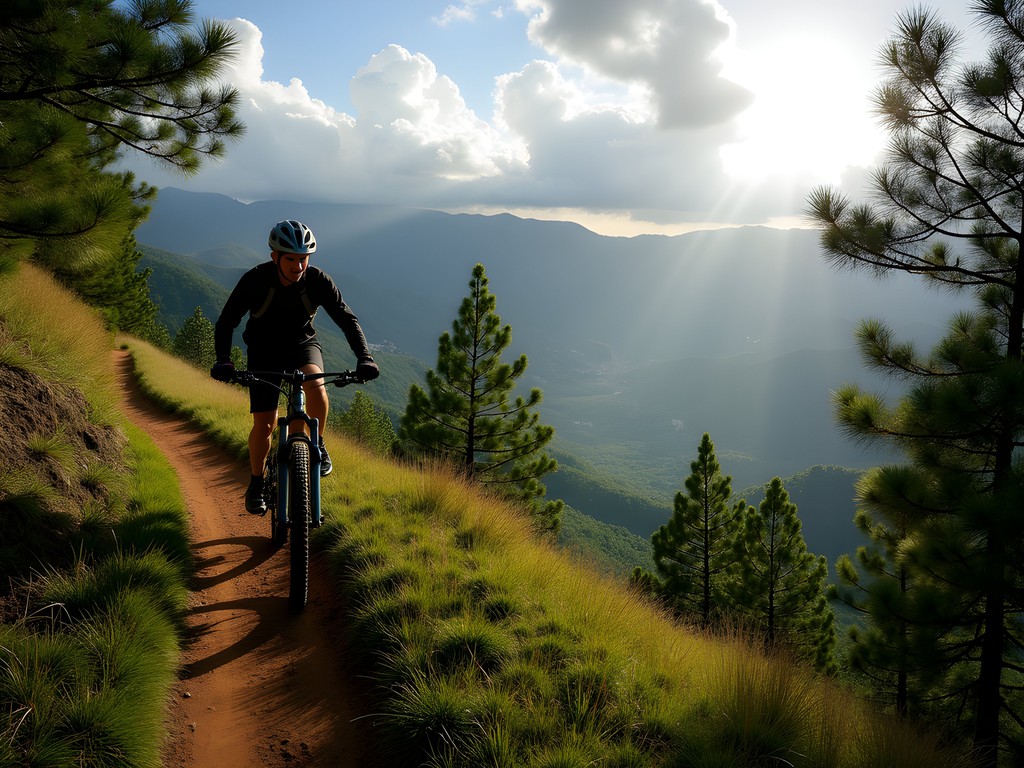
💡 Pro Tips
- Hire a local guide for your first mountain biking expedition—unmarked trail junctions can be confusing
- Start rides early to avoid afternoon thunderstorms common in summer months
- Bring twice as much water as you think you'll need—the humidity makes dehydration a real concern
Paragliding: Aerial Perspectives on Mountain Development
Paragliding offered me the most comprehensive view of Jarabacoa's development patterns—literally and figuratively. Taking off from the launch site at El Mogote mountain, I gained a bird's-eye perspective on how this mountain community has grown organically along river valleys while preserving critical ecological corridors.
I flew tandem with Fly Jarabacoa, whose chief pilot Miguel has been soaring these thermals for over two decades. As we spiraled upward on warm air currents, he pointed out how agricultural plots transition to forest at specific elevations—a traditional land use pattern that maintains watershed health while supporting local livelihoods.
From 800 meters above, the town's relationship with its rivers became strikingly apparent. Development clusters along accessible flatlands while maintaining respectful distance from flood zones—an intuitive form of resilience planning that many modern cities could learn from. I could also trace the network of trails connecting outlying communities, following ancient pathways that long predate tourism.
For this high-altitude adventure, my polarized sunglasses were crucial for reducing glare and enhancing visibility of terrain features. I also appreciated my insulated water bottle which kept water cold during the hot wait at the launch site.
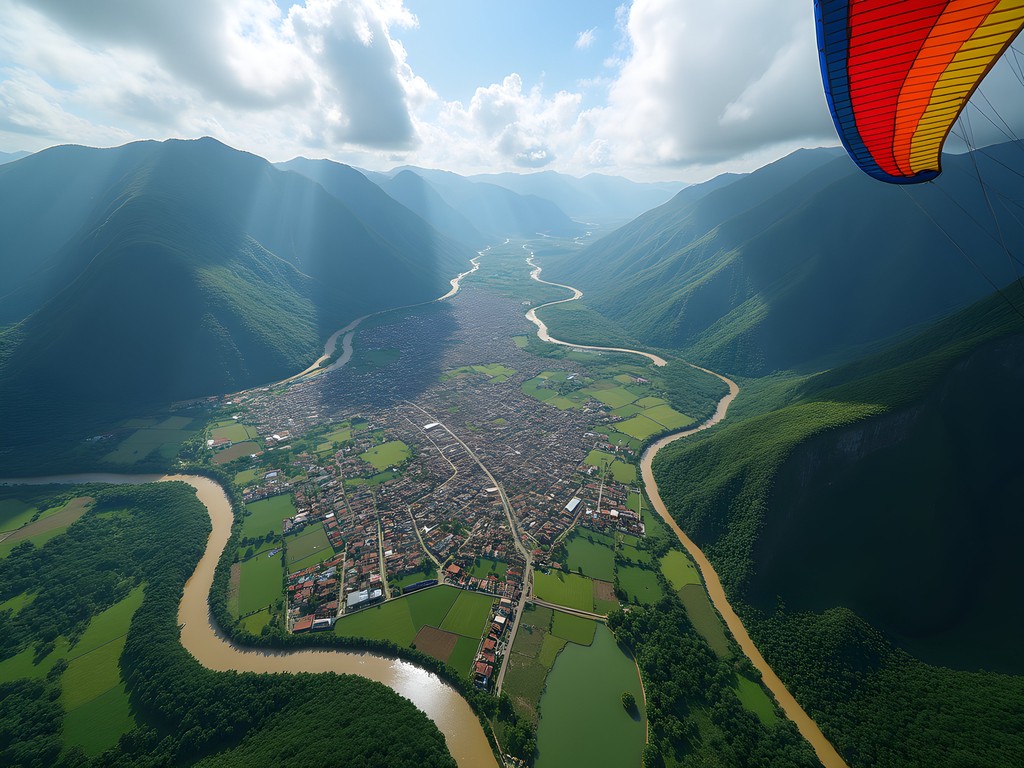
💡 Pro Tips
- Book paragliding for your first morning in Jarabacoa to get oriented to the area's geography
- Wear layers—it gets surprisingly cool at higher altitudes despite the tropical location
- Bring a secure camera strap if you want to take photos—the landing can be bumpy
Final Thoughts
Jarabacoa represents something increasingly rare in our globalized world—a destination where adventure tourism strengthens rather than erodes local culture and traditional practices. As I packed my sketches of textile patterns and urban development notes, I reflected on how this mountain community has crafted a sustainable model worth studying. The town has embraced its identity as the Dominican Republic's adventure capital without sacrificing its agricultural heritage or cultural foundations.
For urban planners like myself, Jarabacoa offers valuable lessons in organic development that respects natural systems while creating economic opportunity. For adventure seekers, it delivers world-class experiences without the crowds of more publicized destinations. And for those interested in traditional crafts, the textile traditions persist alongside modern adventure infrastructure, creating a fascinating cultural tapestry.
As climate change threatens many tropical destinations, Jarabacoa's elevation provides a refreshing alternative to coastal heat—perhaps positioning it as an increasingly important model for sustainable mountain tourism in a warming world. Whether you come for the raging rapids, the thundering waterfalls, or the mountain trails, you'll leave with a deeper appreciation for how adventure and tradition can mutually reinforce community resilience.
✨ Key Takeaways
- Jarabacoa offers world-class adventure activities just one hour from Santiago
- The mountain climate provides a refreshing alternative to typical Dominican beach vacations
- Local textile traditions and sustainable community development enhance the adventure experience
- Summer brings ideal conditions for whitewater rafting with higher water levels
- The town's thoughtful development model balances tourism with environmental protection
📋 Practical Information
Best Time to Visit
May-August for optimal rafting conditions
Budget Estimate
$75-150/day including activities and mid-range accommodation
Recommended Duration
5-7 days
Difficulty Level
Advanced

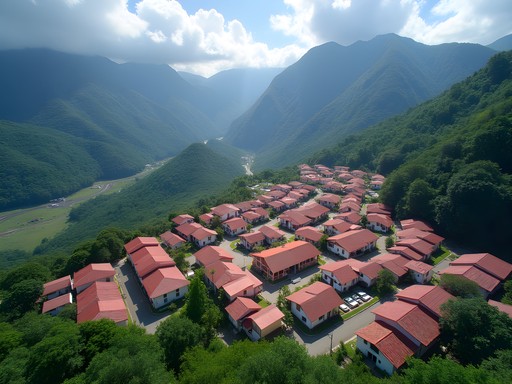
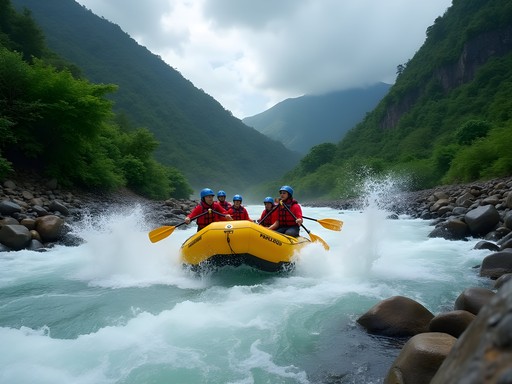
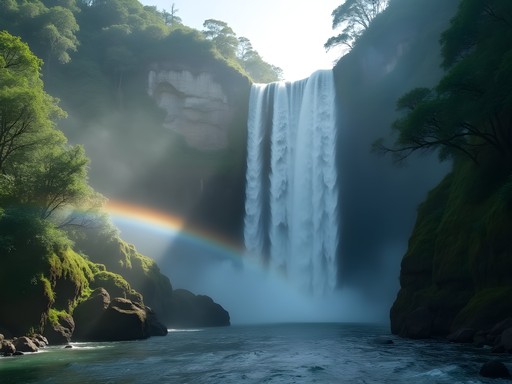
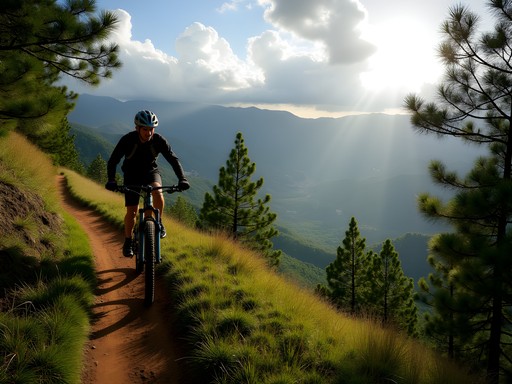
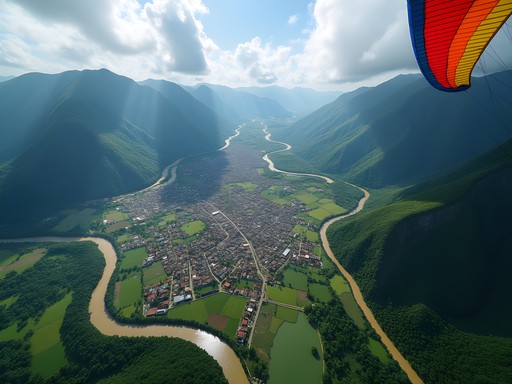









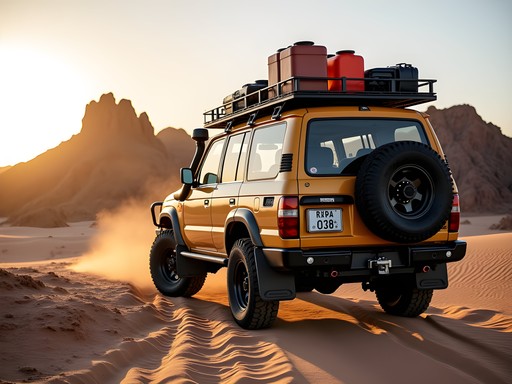
Comments
skyperson
Those waterfalls look amazing! Is it easy to get to Jarabacoa from Santiago without renting a car? Planning a trip for January!
Timothy Jenkins
Not Nathan, but I was there earlier this year! You can definitely get there by public transport - there are regular guaguas (minibuses) from Santiago to Jarabacoa that cost around 200-250 Dominican pesos. They leave from the western bus terminal and take about 1.5 hours. Once in town, motoconchos (motorcycle taxis) can take you to most attractions.
skyperson
Thank you so much Timothy! That's super helpful. I'm a bit nervous about the motorcycle taxis though - are there regular taxis too?
Timothy Jenkins
Yes, there are regular taxis too, though fewer of them. Your accommodation can usually arrange one for you. Might be worth bringing a waterproof phone case for the waterfall trips - learned that one the hard way!
vacationone
Just got back from Jarabacoa last month and this guide would have been SO helpful! The rafting on Yaque del Norte was definitely the highlight of our trip - Class II and III rapids were perfect for our mixed-experience group. We stayed at an ecolodge near Salto Jimenoa and the morning views were incredible. One tip: the mountain roads can be rough, so if you're driving yourself, definitely get a vehicle with decent clearance.
Nathan Ferrari
Thanks for sharing your experience! Those morning views near the waterfalls are something else, aren't they? Which ecolodge did you stay at?
vacationone
We stayed at Jarabacoa Mountain Hostel - basic but clean and the staff were super friendly. Perfect location for waterfall access!
Venture X
Premium card with 2X miles, $300 travel credit, Priority Pass